Blog post by Leah Shuck

The definition of compliance is:
- the act or process of complying to a desire, demand, proposal, or regimen or to coercion
- conformity in fulfilling official requirement (1)
_________________________________________________________________
For the last two years, my school district art department has been working with a local organization called the Arts Education Collaborative (AEC)(2). Last year we worked with them to rewrite our curriculum using the National Visual Art Standards. This year, we are working with them on assessment. Like most of you, I’m sure, rubrics are a huge part of the assessment that takes place in the art rooms here at West A and AEC really got me thinking about what I’m assessing and why.
In working with the AEC, the most impactful activity for me so far was the day we completed a task analysis of a lesson example to support one of the anchor standards from our curriculum. I chose:
“VA:Cr2.1.IIa: Through experimentation, practice, and persistence, demonstrate acquisition of skills and knowledge in a chosen art form.” (3)
For this particular standard, I was using my senior linoleum block printmaking unit as an example. First, we were asked to make a list of the things we find ourselves constantly saying to students during this lesson and write each on a Post-It note. I identified the following (see justifications for each italicized below):
- What is going to be black?
-
- Many students struggle at first with planning out what exactly is going to be black (surface of the block) vs. what is going to be white (carved away).
- Your first idea isn’t always your best idea.
- Students tend to think of this at first as more of a stamp than a print. I try to push them to think of subject matter beyond just flat shapes, rather something with value and texture as well.
- How many prints do you have?
- I want them to do this until they get the hang of it, not just until they’ve fulfilled whatever arbitrary number I’ve assigned then stop.
- How many monoprints have you tried?
- Altering the prints is the most fun part! I want them to be able to take what they know about other art mediums and really experiment, be creative, and take risks with the mono-printing.
- It has to be successful as a print, not just as a monoprint.
- Some students only think of the monoprint as the end product, relying too heavily on that for setting, detail, and visual interest. I have to remind them that the print itself is an art piece too.
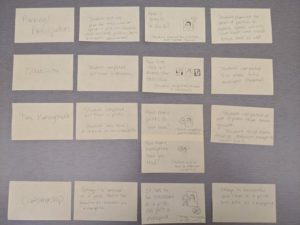
Next, we were asked to categorize them into the verbiage we used on our rubrics for that lesson.
That’s when the light bulb went off for me.
Am I really fairly assigning points to the things I am constantly stressing in class? Am I assigning points to things that are assumed, that I do not stress in class? Am I assigning points for things that could or should be separate for evaluating the process vs. the product? Am I assessing their artwork, their learning, or both? Is that clear? Look back to the definition of compliance at the beginning; do I really want demands or coercion to be part of my teaching practice?
Here’s what I found. I was assigning points for following the rules but we do not live in an age where “because I said so” is an acceptable answer anymore. Is participation important? Yes. Is craftsmanship important? Yes. But not just because I say so. Students should comply with these rules but I want them to understand why and how it impacts their learning and their art. So, I am no longer using them as categories on my rubrics.
Here’s what I did. I changed the categories on my rubrics so that the compliance elements were kept but worded so that students understand, for example, why participation is important. If you wasted your class time during this printmaking lesson then it effected how many prints you made, which affected how many monoprint techniques you were able to try, which affects the success of your final pieces. So instead of “participation” I now have “time management”, which is an authentic part of an artists’ process.
Instead of “craftsmanship” I now use “presentation” because yes, your project should be neat but not just because I said so, but because artists have to think about how they present their work (e.g. matted, labeled, clean).
Year after year I encourage them verbally to continue thinking of ideas and push their value and texture but nowhere before was I awarding points for creativity or personal challenge/ambition in this particular project.
Year after year I have to encourage a thorough plan for what is going to be carved away but never before was I awarding points for planning.
Here’s what I kept. I have always encouraged my students to reflect on their art…process and product, so by the time they are seniors filling out this linoleum block printmaking rubric, they know they are in for some questions! I ask them:
- Did you like printmaking? Why or why not?
- Would you be interested in learning further techniques in printmaking? (PS: we can do this during independent time!)
- What was the most challenging part?
- What was the most successful part?
- There’s always room for growth! Identify at least one thing you could improve upon or change about your print.
Here’s what I altered. I kept the self-evaluation aspect of my rubric because honestly, without it I don’t think kids would thoroughly read it. Self-evaluation also lets me know where they think they are and what maybe needs more clarification. But what I did do was have them highlight the box indicating the level they feel they achieved. This was a clear visual representation of how they’ve done. After meeting with AEC and receiving feedback from colleagues, it was suggested that I also add highlighting the box of performance where I feel they are, in a different color. This shows where our evaluations align and where they may differ.
Here’s what I struggled with. Space quickly became an issue for me when adjusting this rubric. I wanted thorough descriptions that had distinct differentiation between each level and that added up to a lot of words fast! The headings are also still up for debate. Some say pure self-evaluation and reflection as a form of assessment should be separate from grading so at first I ditched the numerical values for each category “0-12”, 13-15”, and “16-20” but kept the headings “beginning”, “approaching”, and “excelling”. But again after meeting with AEC and my colleagues, they felt that caused confusion as to how the students were supposed to assign themselves a score (and for anyone who teaches high school, you know, every point matters!) so I’ve landed, for now, on keeping the heading as well as the numbers.
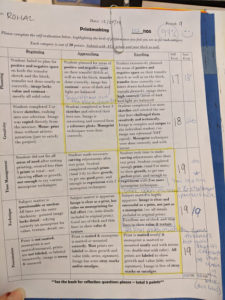
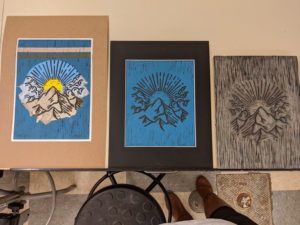
All in all, this process has been extremely rewarding. I feel like the learning I seek is clear and the language I use to describe it is more authentic. I want my students to see that I value creativity and experimentation over compliance but that compliance informs practice.
“Teaching, on its own, never causes learning. Only successful attempts by the learner to learn causes learning. Achievement is the result of the learning successfully making sense of the teaching.” (4)
It takes me much longer to type rubrics now but, in the end, I think it is worth it.
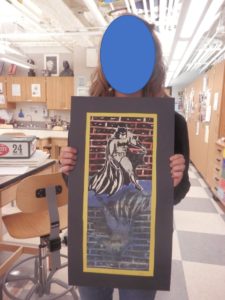
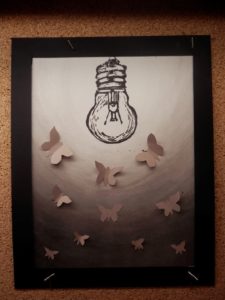
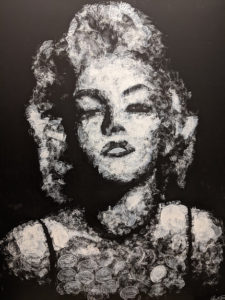
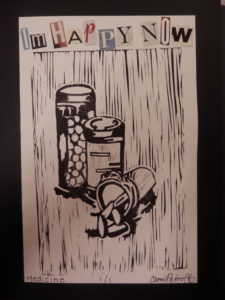
Footnotes
Leah Shuck is a Region 1 representative who teaches visual art at West Allegheny High School, located outside of Pittsburgh PA.
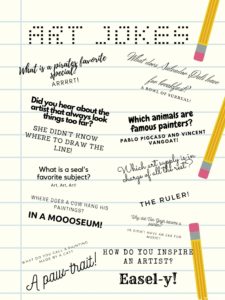
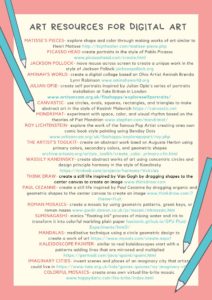
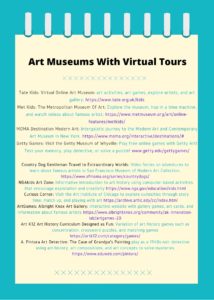
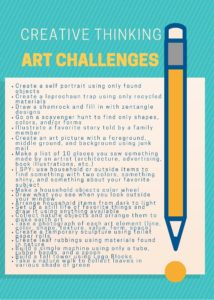


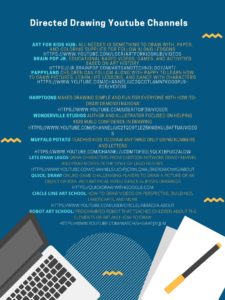
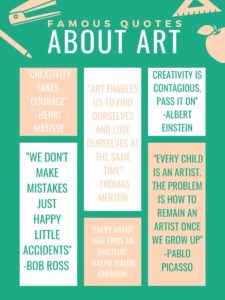
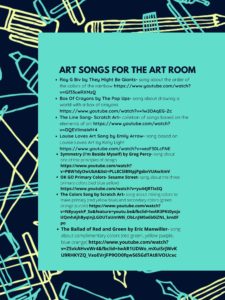

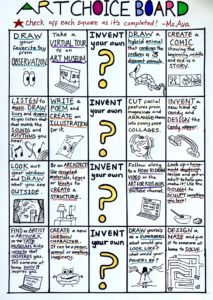
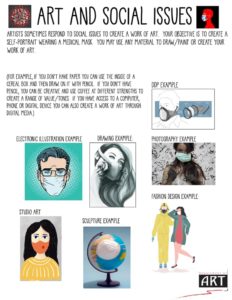








 D5 Creation
D5 Creation